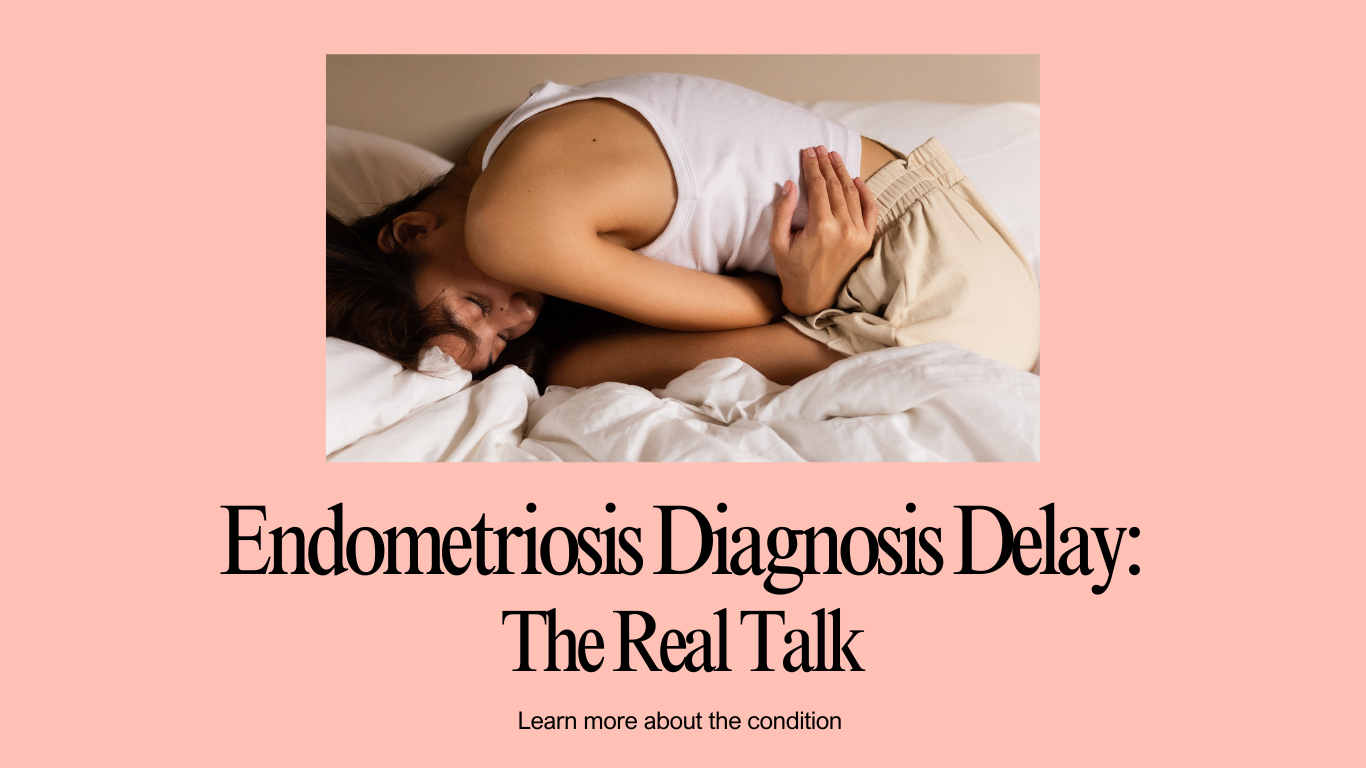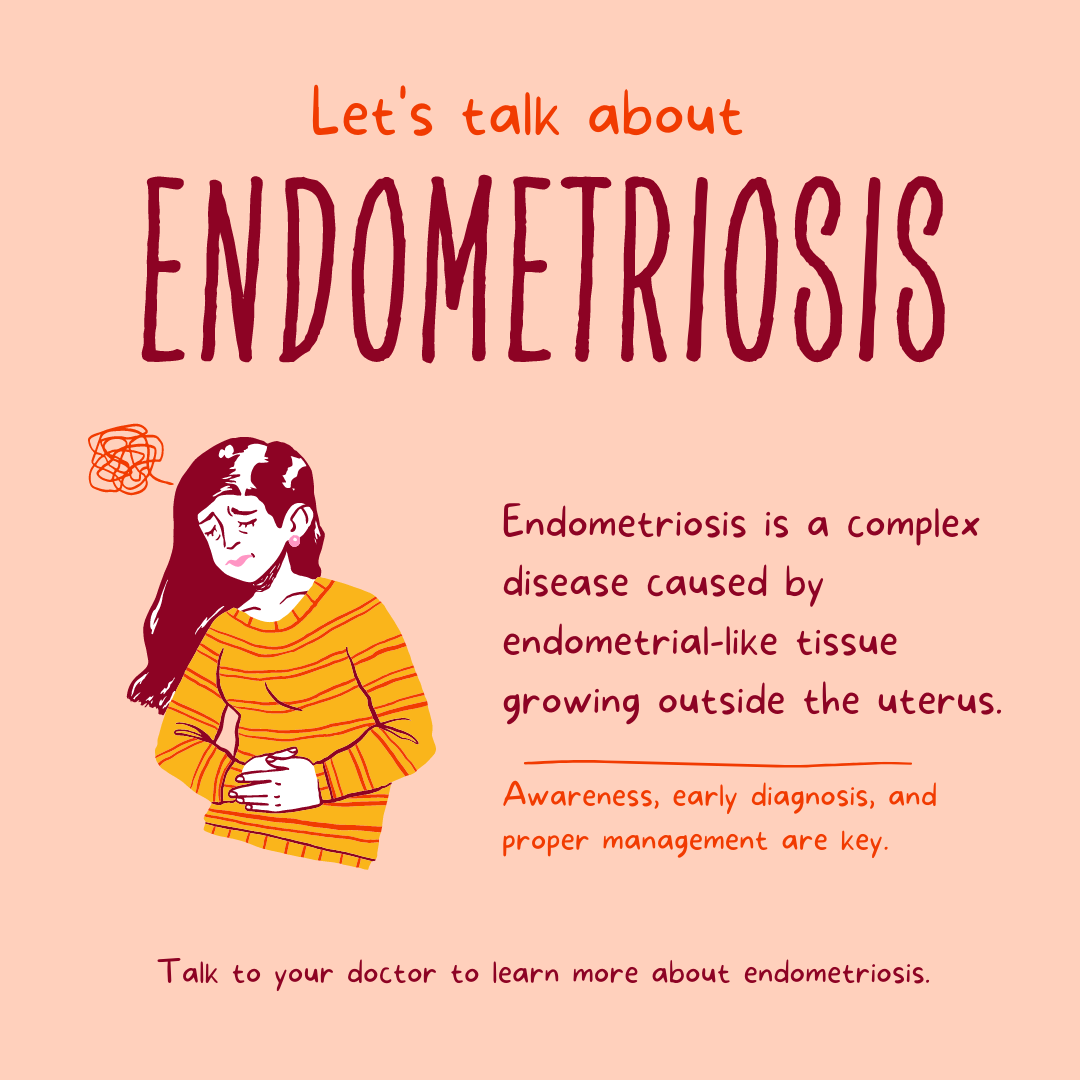Women suffering from debilitating endometriosis symptoms often face a long and painful road to diagnosis delay, with devastating consequences. A recent study found that the average delay from symptom onset to diagnosis is nearly 8 years. This delay can have severe mental health impacts, with some women reporting feeling “suicidal” and “hopeless” while waiting for care.

The Excruciating Pain of Endometriosis
Endometriosis is a chronic, inflammatory condition where tissue similar to the uterine lining grows outside the uterus. The most common symptom is severe pelvic pain, often during menstruation. In a study of 50 New Zealand endometriosis patients, the top five reported symptoms were all pain-related. One woman described her experience:
“From the time I started menstruating at 12 years old, my periods have been debilitating. I’d throw up and pass out from the pain and often had to miss school because of it.”
Jasmine Watson, 23, was diagnosed in March last year despite first seeking help at the age of 12. She told the Daily Express: “Throughout most of my life it feels like I have either been on a waiting list or made to feel like I’m overreacting.

“During my search for answers, I have been gaslit, belittled, and not believed, mostly by male doctors who I felt treated me as a case number, not as a human being.”
The Mental Health Toll of Delayed Diagnosis
The long wait for diagnosis and treatment takes a major toll on mental health. In a survey of women waiting for gynecological care, over 80% reported worsening mental health, with many not offered any support. One woman shared:
“I’ve been left to feel suicidal with the ongoing pain.”
Another explained the impact of uncertainty:
“The stress and anxiety of the waiting whilst I have been in pain and since we have been trying to conceive has been at some points unmanageable.”
Also Read | Pelvic Inflammatory Disease (PID): Everything To Know About This Disease
Feeling Dismissed and Ignored
Many women feel their pain is dismissed or not taken seriously by doctors. In the RCOG survey, 63% of respondents reported feeling “ignored”. One woman said:
“I feel dismissed and that I don’t really matter.”
This lack of validation can deter women from seeking help in the first place.
The Need for Better Diagnosis and Treatment
Experts agree that early diagnosis and treatment are crucial to managing endometriosis. However, research into the condition remains limited. The only way to definitively diagnose endometriosis is through invasive surgery, which may put some women off seeking care.
Improved diagnostic tools and treatment options are desperately needed to end the suffering of millions of women with endometriosis. As one patient put it:
“We desperately need better treatment options and more research into this debilitating condition.”
The Challenges of Diagnosing Endometriosis
Endometriosis is a chronic, painful condition where tissue similar to the uterine lining grows outside the uterus. It affects an estimated 200 million women worldwide, yet it takes an average of nearly 8 years to receive a diagnosis. This delay can have severe consequences, with many women reporting feeling “suicidal” and “hopeless” while waiting for care.

There are several key reasons why endometriosis is so difficult to diagnose:
Overlapping Symptoms
Endometriosis symptoms like pelvic pain, heavy periods, and painful intercourse can overlap with other conditions, making it challenging for doctors to pinpoint the cause. One study found that 63% of women felt their pain was dismissed or not taken seriously by doctors.
Lack of Non-Invasive Tests
Currently, no reliable non-invasive tests, like blood work or ultrasounds, can definitively diagnose endometriosis. The only way to confirm the condition is through invasive surgery, which may deter some women from seeking care.
Normalization of Symptoms
Many women are told that severe period pain is normal, leading them to delay seeking help. One study found that the average age of endometriosis symptom onset was 14 for adolescents and 20 for adults.
Physician Knowledge Gaps
Some doctors lack knowledge about endometriosis, leading to delays in referrals to specialists. In one survey, over 80% of women waiting for gynecological care reported worsening mental health, with many not offered any support.
Improved education, non-invasive diagnostic tools, and earlier referrals to specialists are crucial to reducing the devastating delays faced by women with endometriosis. Addressing this issue will require action on multiple levels, from society recognizing abnormal menstrual symptoms to clinicians listening to patients and providing timely care.
Nurse With Endometriosis Shares Painful Journey To Diagnosis
FAQs
Q. What is endometriosis?
A. Endometriosis is a chronic, inflammatory condition where tissue similar to the uterine lining grows outside the uterus, often causing severe pelvic pain.
Q. What are the main symptoms of endometriosis?
A. The most common symptom is severe period pain, but endometriosis can also cause pain during sex, ovulation, and bowel movements. Other symptoms include heavy periods, fatigue, and infertility.
Q. How is endometriosis diagnosed?
A. The only definitive way to diagnose endometriosis is through a surgical procedure called a laparoscopy, where a camera is inserted through the belly button to look for signs of the condition. Some doctors may use imaging tests like ultrasounds, but these are not always accurate.
Q. How is endometriosis treated?
A. Treatment options include pain medication, hormonal therapies, and surgery to remove endometriosis lesions. However, there is no cure for the condition and symptoms often return after treatment.
Q. How common is endometriosis?
A. Endometriosis affects an estimated 200 million women and girls worldwide. It is one of the most common gynecological conditions, affecting around 1 in 10 women of reproductive age.
Also Read | Black pregnant individuals at high risk for depression, anxiety, and stress -Study









